Grow Pineapple at Home
Have you ever dreamt of biting into a juicy, sweet pineapple you grew yourself, right from your own backyard? It might sound exotic, but I’m here to tell you that growing pineapple at home is entirely achievable! This isn’t some far-fetched fantasy; with a few simple tricks and a dash of DIY ingenuity, you can enjoy the tropical taste of homegrown pineapples year after year. Forget expensive grocery store prices and questionable origins – let’s unlock the secrets to growing pineapple at home.
The history of pineapple cultivation is fascinating! Originally from South America, pineapples have journeyed across continents, becoming a symbol of hospitality and luxury in various cultures. For centuries, they were a prized possession, a testament to wealth and access to exotic goods. Now, thanks to readily available information and a growing interest in home gardening, we can all experience the joy of growing pineapple at home.
Why should you embark on this rewarding journey? Well, aside from the undeniable satisfaction of harvesting your own fruit, growing your pineapple allows you to control the quality and freshness. You’ll know exactly what went into your pineapple, from the soil to the sunshine. Plus, it’s a fantastic conversation starter and a unique addition to your garden, adding a touch of the tropics to your landscape. This DIY guide will walk you through every step, from selecting the right pineapple top to harvesting your delicious prize. So, let’s get started and discover the simple steps to successfully grow pineapple at home!
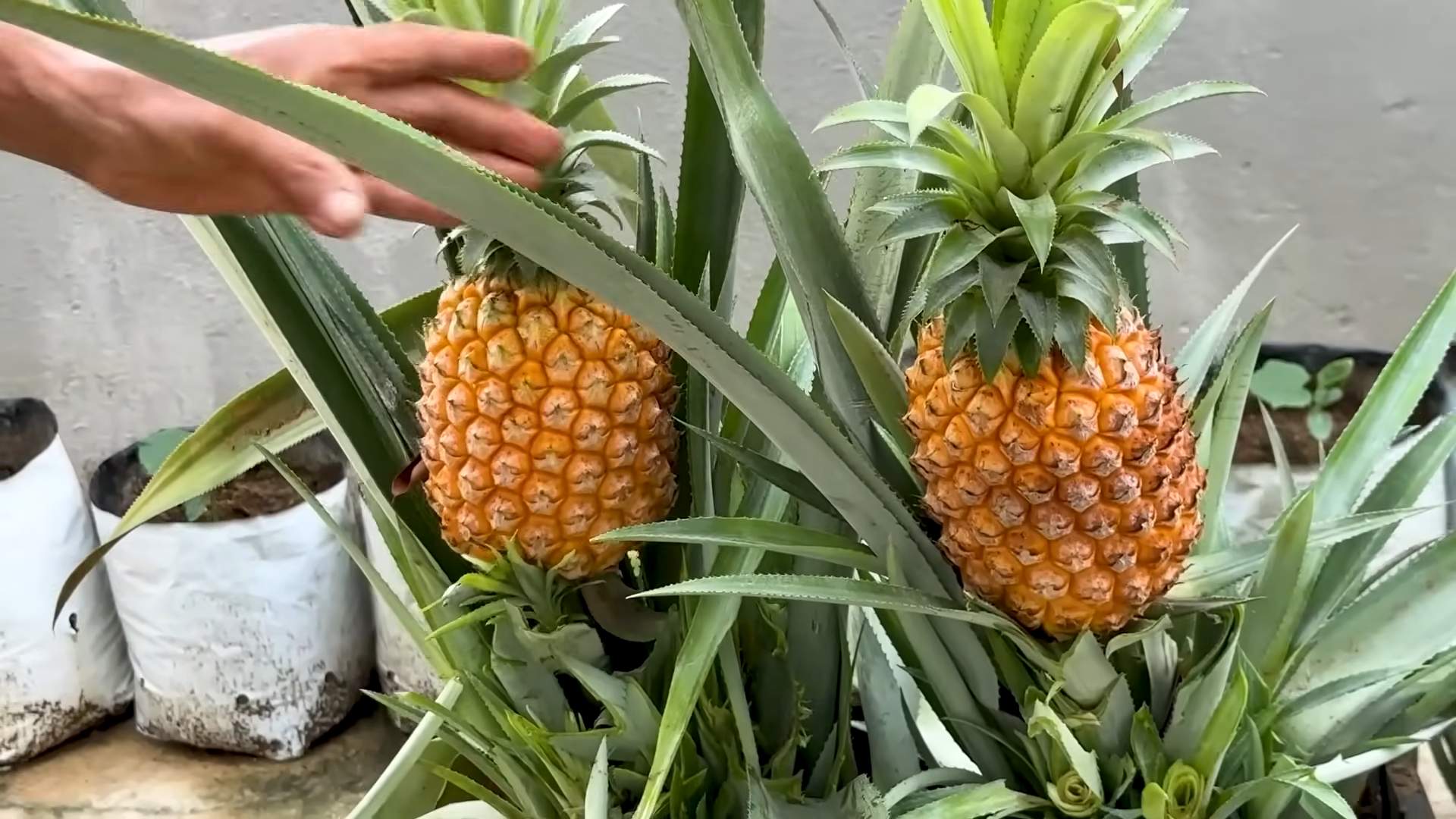
Growing a Pineapple at Home: A Step-by-Step Guide
I’ve always been fascinated by pineapples, those spiky, sweet treats. So, when I learned you could grow one from a store-bought pineapple top, I had to try it! It’s surprisingly easy, and the satisfaction of nurturing a plant from a grocery store find to a fruiting plant is incredible. Here’s how I did it:
Preparing the Pineapple Top
- Choosing the Right Pineapple: Select a firm, ripe pineapple. The greener the top, the better its chances of rooting. Avoid pineapples that are bruised or overly soft.
- Removing the Top: Carefully twist the crown (the leafy top) off the pineapple. You want to get a good grip on the crown itself, not just the leaves. You might need to use a sharp knife to cut through the base, ensuring you get about an inch or two of the fruit attached to the base of the leaves.
- Cleaning the Crown: Remove the lower leaves until you reveal about 1-2 inches of the stem. This is crucial for proper rooting. Be gentle to avoid damaging the stem. I used a small, sharp knife for this part.
- Allowing it to Callus: This is a crucial step! Let the cut end of the pineapple top dry for 3-7 days. This allows the cut to callous over, preventing rot. Place it upside down in a dry, well-ventilated area. You’ll notice the cut end will start to dry and slightly brown.
Rooting the Pineapple Top
- Choosing Your Rooting Method: You can root your pineapple top in water or directly in soil. I’ve had success with both, but water rooting allows you to monitor root development more easily.
Water Rooting Method
- Prepare the Water: Fill a clean glass or jar with lukewarm water. Change the water every 2-3 days to prevent bacterial growth. I used filtered water to avoid any chemicals.
- Submerge the Stem: Submerge the base of the pineapple top in the water, ensuring only the stem is submerged, not the leaves. The leaves should remain above the waterline.
- Monitor Root Development: After a few weeks, you should start to see roots developing from the base of the stem. This can take anywhere from 4-8 weeks, depending on the conditions. Be patient!
- Transfer to Soil: Once the roots are about 1-2 inches long, it’s time to plant your pineapple top in soil. This usually takes about a month or two.
Soil Rooting Method
- Prepare the Soil: Use a well-draining potting mix. I added some perlite to my mix to improve drainage. Pineapples don’t like soggy soil.
- Planting the Crown: Plant the pineapple top in a small pot, burying the stem about 1 inch deep. Gently firm the soil around the base.
- Watering: Water the soil thoroughly, but avoid overwatering. Allow the soil to dry slightly between waterings.
- Monitoring Growth: Keep the soil moist but not waterlogged. You should see new growth within a few weeks.
Caring for Your Pineapple Plant
- Sunlight: Pineapples need plenty of sunlight – at least 6-8 hours a day. A sunny windowsill or a spot outdoors during warmer months is ideal. If you’re growing it indoors, consider a grow light.
- Watering: Water your pineapple regularly, but avoid overwatering. Allow the soil to dry slightly between waterings. Overwatering can lead to root rot.
- Fertilizing: Fertilize your pineapple plant every 2-4 weeks during the growing season (spring and summer) with a balanced liquid fertilizer. Follow the instructions on the fertilizer packaging.
- Temperature: Pineapples thrive in warm temperatures between 70-80°F (21-27°C). Protect your plant from frost and cold temperatures.
- Repotting: As your pineapple plant grows, you may need to repot it into a larger container. Choose a pot with good drainage.
Troubleshooting
- Yellowing Leaves: This could indicate overwatering, underwatering, or nutrient deficiency. Adjust your watering schedule and consider fertilizing.
- Root Rot: If your pineapple plant is wilting and the leaves are turning brown, it could be root rot. This is often caused by overwatering. Remove the plant from the pot, inspect the roots, and repot it in fresh, well-draining soil.
- Pest Infestations: Keep an eye out for pests such as mealybugs or spider mites. Treat infestations promptly with insecticidal soap or neem oil.
Harvesting Your Pineapple
Patience is key! It can take 2-3 years for your pineapple plant to produce a fruit. You’ll know it’s ready to harvest when the fruit is heavy, fragrant, and the skin is a deep golden yellow. Use a sharp knife to carefully cut the fruit from the plant.
Growing a pineapple at home is a rewarding experience. While it takes time and patience, the sweet taste of success (literally!) is well worth the effort. Enjoy your homegrown pineapple!
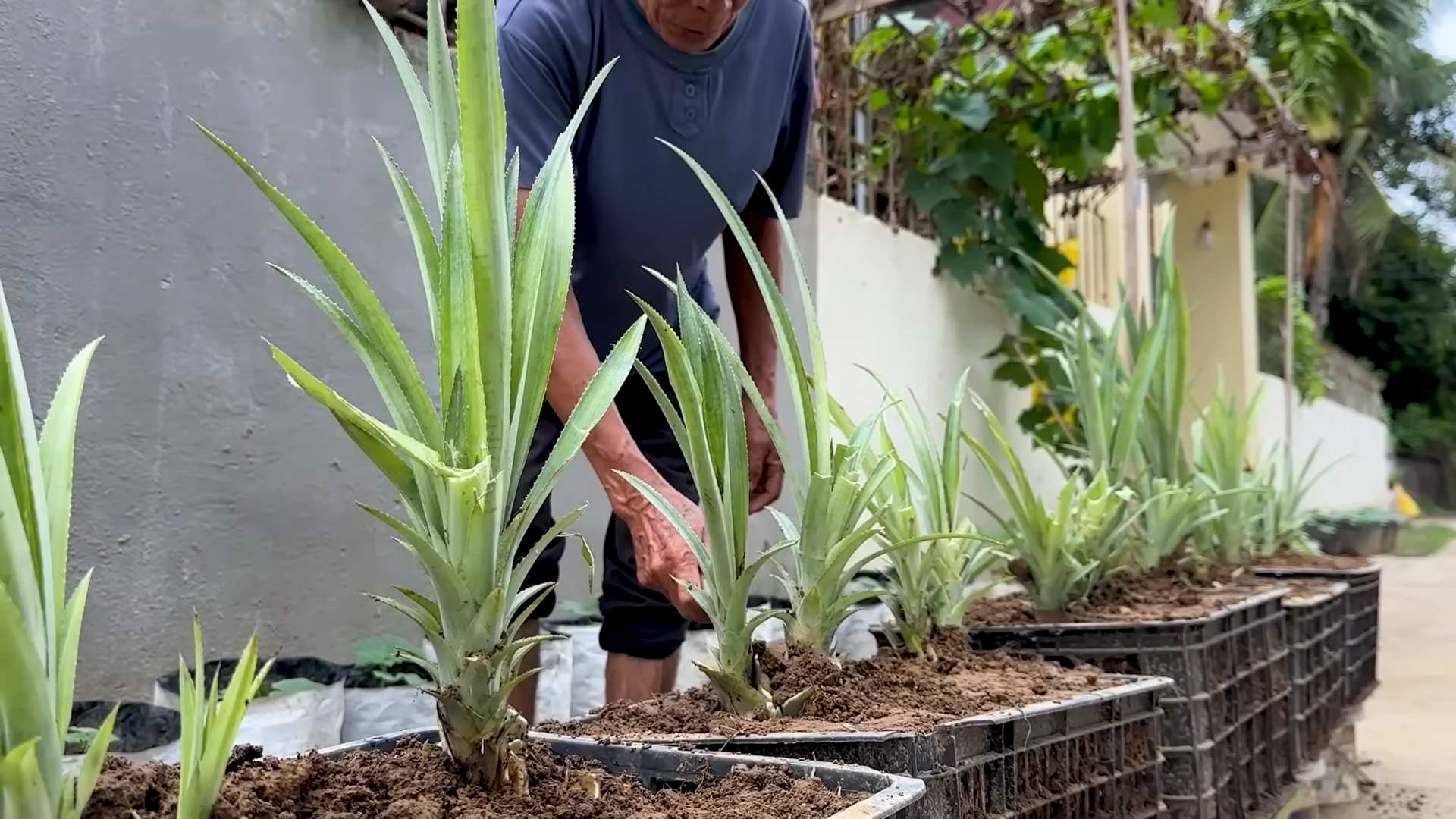
Conclusion
Growing your own pineapple at home might seem like a daunting task, but with this simple DIY method, it’s surprisingly achievable and incredibly rewarding. This isn’t just about saving money on grocery bills; it’s about connecting with nature, witnessing the miracle of growth firsthand, and enjoying the sweet taste of a fruit you nurtured from a simple crown. The unique satisfaction of harvesting a pineapple you grew yourself is unparalleled. This DIY pineapple growing trick offers a fantastic opportunity to engage in a fulfilling hobby, perfect for green thumbs of all levels, from seasoned gardeners to enthusiastic beginners. The process is surprisingly straightforward, requiring minimal effort and resources, making it an accessible project for anyone with a sunny spot and a little patience. You’ll be amazed at how easily a seemingly insignificant pineapple top transforms into a thriving plant, eventually yielding its own delicious fruit. Beyond the inherent satisfaction, growing your own pineapple contributes to a more sustainable lifestyle, reducing your carbon footprint associated with imported produce.
You can experiment with different container sizes and types, from simple pots to more elaborate self-watering systems. Consider adding a layer of perlite or vermiculite to your potting mix to improve drainage and aeration. For those with limited sunlight, grow lights can be a valuable addition to ensure your pineapple plant receives the necessary light for healthy growth. Don’t be afraid to experiment with different soil mixes to find what works best for your environment and plant. You might even consider trying different pineapple varieties to see which ones thrive best in your home. Remember, the key is patience and observation; pay attention to your plant’s needs and adjust your care accordingly. The journey of growing a pineapple is as rewarding as the final product.
We strongly encourage you to try this DIY pineapple growing method and share your experience with us! Share your photos and stories on social media using #GrowPineappleAtHome. We’d love to see your progress and celebrate your successes. Your feedback will help inspire others to embark on this rewarding journey. Remember, even if your first attempt doesn’t yield a perfect fruit, the learning experience and the connection with nature are invaluable. So, grab a pineapple crown, follow our simple steps, and get ready to experience the joy of growing your own tropical delight. This is more than just a recipe; it’s a journey of growth and discovery.
Frequently Asked Questions
What type of pineapple should I use for this method?
Any ripe pineapple will work! Look for a pineapple with healthy, green leaves that are firmly attached to the crown. Avoid pineapples that show signs of rot or damage.
How much sunlight does a pineapple plant need?
Pineapple plants need at least 6-8 hours of direct sunlight per day. A south-facing window is ideal. If you don’t have enough natural sunlight, consider using grow lights to supplement.
What kind of soil is best for growing pineapples?
Well-draining soil is crucial. A mix of potting soil, perlite, and vermiculite works well. Avoid heavy clay soils that retain too much moisture.
How long does it take for a pineapple plant to produce fruit?
It typically takes 2-3 years for a pineapple plant grown from a crown to produce fruit. Patience is key!
What should I do if my pineapple plant’s leaves start to turn yellow?
Yellowing leaves can indicate overwatering or underwatering, nutrient deficiencies, or pest infestations. Check your watering schedule, soil moisture, and inspect the plant for pests. Adjust your care accordingly.
Can I grow a pineapple in a small pot?
While a larger pot is preferable, you can successfully grow a pineapple in a smaller pot, but you may need to repot it as it grows. Ensure the pot has adequate drainage.
What are the common problems encountered when growing pineapples at home?
Common problems include root rot (due to overwatering), nutrient deficiencies (leading to yellowing leaves), and pest infestations (like mealybugs). Proper watering, fertilization, and pest control are essential.
What should I do if my pineapple crown doesn’t root?
If your pineapple crown doesn’t root after several weeks, it might be due to improper care or a damaged crown. Ensure the crown is healthy and properly planted in well-draining soil. Try again with a fresh crown.
Can I use a different type of container besides a pot?
Yes, you can use various containers, such as a hanging basket or even a larger container with multiple pineapple plants. Just ensure adequate drainage.
Where can I find more information about growing pineapples?
Numerous online resources, gardening books, and forums offer detailed information on pineapple cultivation. Search for “growing pineapples at home” for more in-depth guidance.
My pineapple plant is growing well, but it’s not flowering. What should I do?
Sometimes, pineapple plants need a little encouragement to flower. You can try using a plant growth regulator like ethephon, but this is generally only necessary for commercial growers. Ensuring adequate sunlight, proper fertilization, and consistent watering are crucial for flowering.
What are the benefits of growing my own pineapples?
Growing your own pineapples offers numerous benefits, including the satisfaction of nurturing a plant from start to finish, enjoying the freshest and most flavorful fruit possible, reducing your environmental impact, and the unique experience of participating in a fascinating horticultural project. It’s a rewarding and educational experience for all ages.

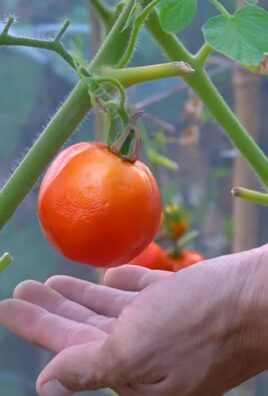
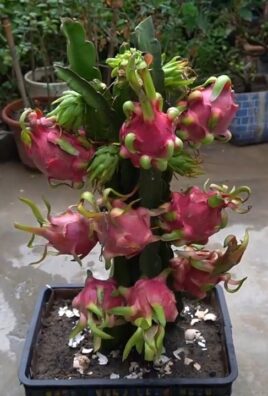
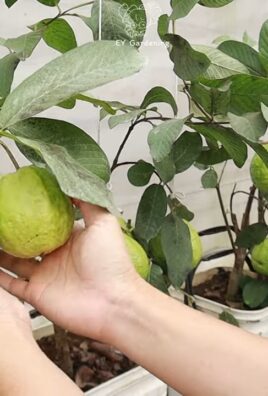
Leave a Comment